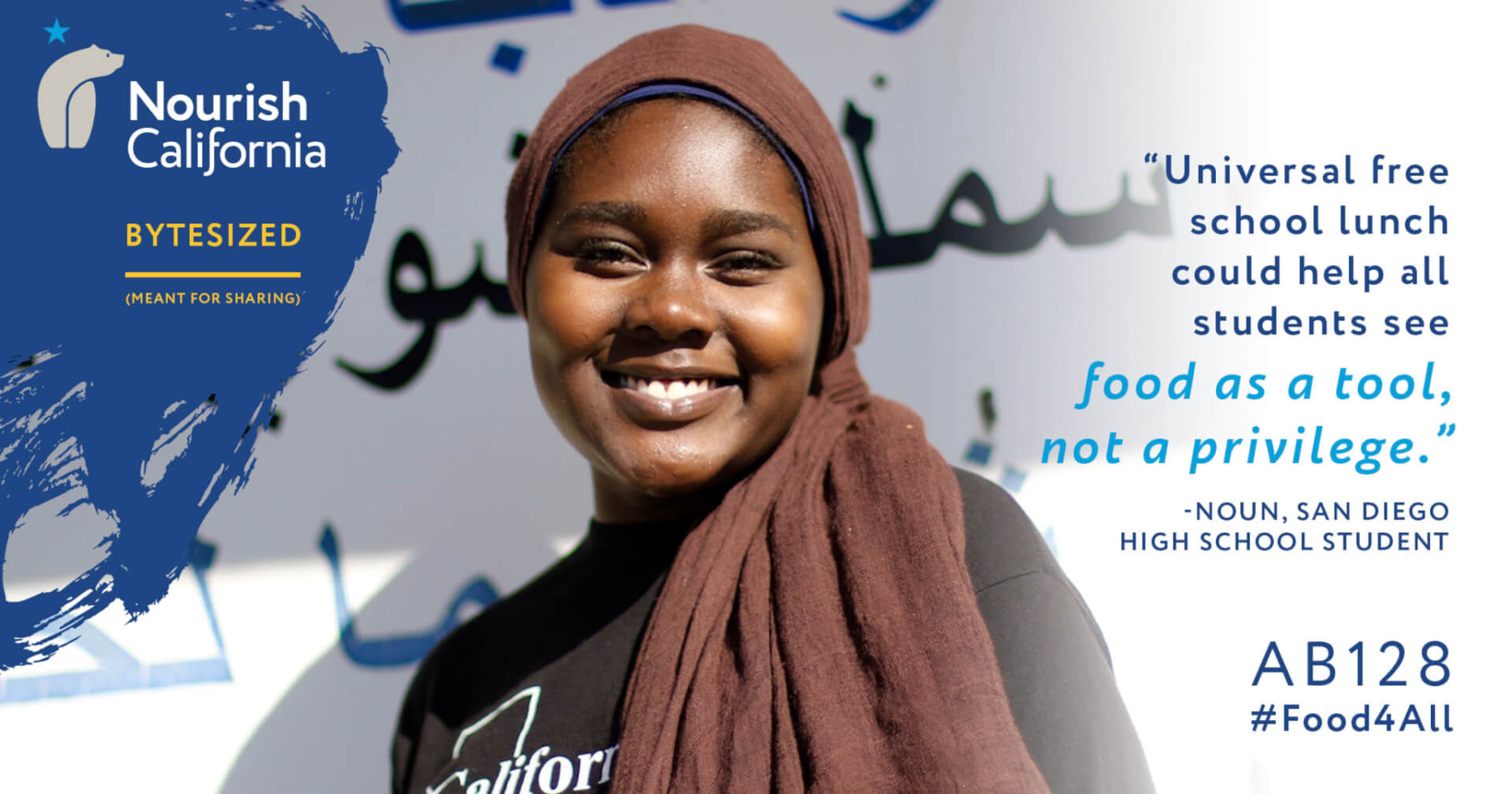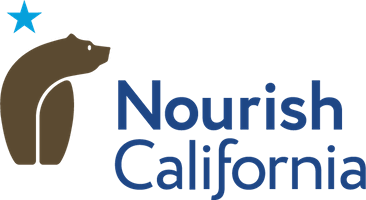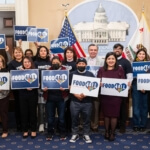A Decade of Advocacy Leads to Thousands of Hunger Free California Schools
Published on Mar 2, 2018 in Child Nutrition, State Legislation
Noun Abdelazziz remembers the pressure and fear she felt as a third-grader—and the most proficient English speaker in her family—with the responsibility of filling out the school lunch application for herself and her siblings after her family immigrated to San Diego. The traditional application for school meals is a known barrier—the form requires a lot of detailed and specific information that’s easy to get wrong.
Noun's Testimony at the SB 138 Assembly Ed Committee Hearing

Since 2004, school districts have been required by USDA to conduct direct certification, a powerful tool for paperlessly connecting students to free school meals and addressing the pitfalls of traditional applications. However, not all direct certification systems are created equally and California has struggled to make the most of this paperless opportunity.
For California, direct certification has faced two major challenges over the years: 1) our state system falls far behind the national standards, matching only 74% of students that received CalFresh (SNAP); and 2) our CalFresh participation rate is dismal: only 66% of eligible individuals are reached by the program.
Nourish California has long recognized the potential of direct certification, sponsoring legislation in 2005 that established a statewide direct certification matching system and another bill in 2008 that authorized the use of Medicaid data in direct certification (if our state ever received the authority to do so). We spent countless hours advocating for better systems and negotiating small improvements to extend the benefits of direct certification to more students.
When the Community Eligibility Provision (CEP) became available in 2010, California’s direct certification shortcomings became even more evident; direct certification was not reflecting the poverty seen in our schools and schools were struggling to meet eligibility requirements for CEP. For these reasons, advocates jumped at the opportunity to participate in the USDA pilot for direct certification with Medicaid. California started small with a 14-district pilot, but within two years was approved to expand statewide.
California has been hugely successful at enrolling eligible individuals into healthcare following the Affordable Cara Act and Medicaid expansion. It just makes plain sense to build upon this success by paperlessly connecting these students to healthy school meals. By using direct certification with Medicaid, schools have seen major improvements in the number of students enrolled in school meals. However, enrollment is not the end goal – advocates wanted to make sure that this new opportunity actually translated into more hungry students eating school meals. We partnered with Senator Mike McGuire (D-Healdsburg) to introduce Senate Bill 138 in January 2017 with two primary goals: ensure all schools are tapping into the benefits of direct certification with Medicaid, and require California’s highest poverty schools to provide school breakfast and lunch universally free to all students.
Serving universally free school meals in high poverty schools is a key strategy to fight hunger, promote equity, and support academic achievement. Federal universal meal provisions, like CEP, allow high-poverty schools to maximize federal funding and serve free meals to all students, while decreasing administrative burdens on school staff.
We found that using policy to emphasize the connection between direct certification and hunger free schools was a compelling way to build a coalition of local, state, and national partners across diverse interests from anti-hunger to teacher and school nutrition associations. SB 138 was signed into law last month, guaranteeing paperless enrollment for 650,000 more students and creating more than 2,000 hunger free schools for over one million California students. We expect that as more school districts improve their direct certification with Medicaid data, more schools will become eligible for CEP. SB 138 makes it easy, if not required, for very high poverty schools to move to CEP. Still more advocacy will be needed to make sure that school districts are supported in strategically grouping schools to extend the benefits of universally free meals to even more students.
Noun, now a senior in high school and active member in UCSD's Center for Community Health's Youth Advisory Council, travelled to the California State Capitol to advocate on behalf of universally free school meals. She is optimistic that SB 138 will leverage technology to connect many more students to school meals, without the need for a paper application. She wisely argued to the Legislature that food should be a tool, not a privilege.
Share This!
Just hover over the image and click a social media icon to share.

You Might Also Find This Interesting...
![]()




